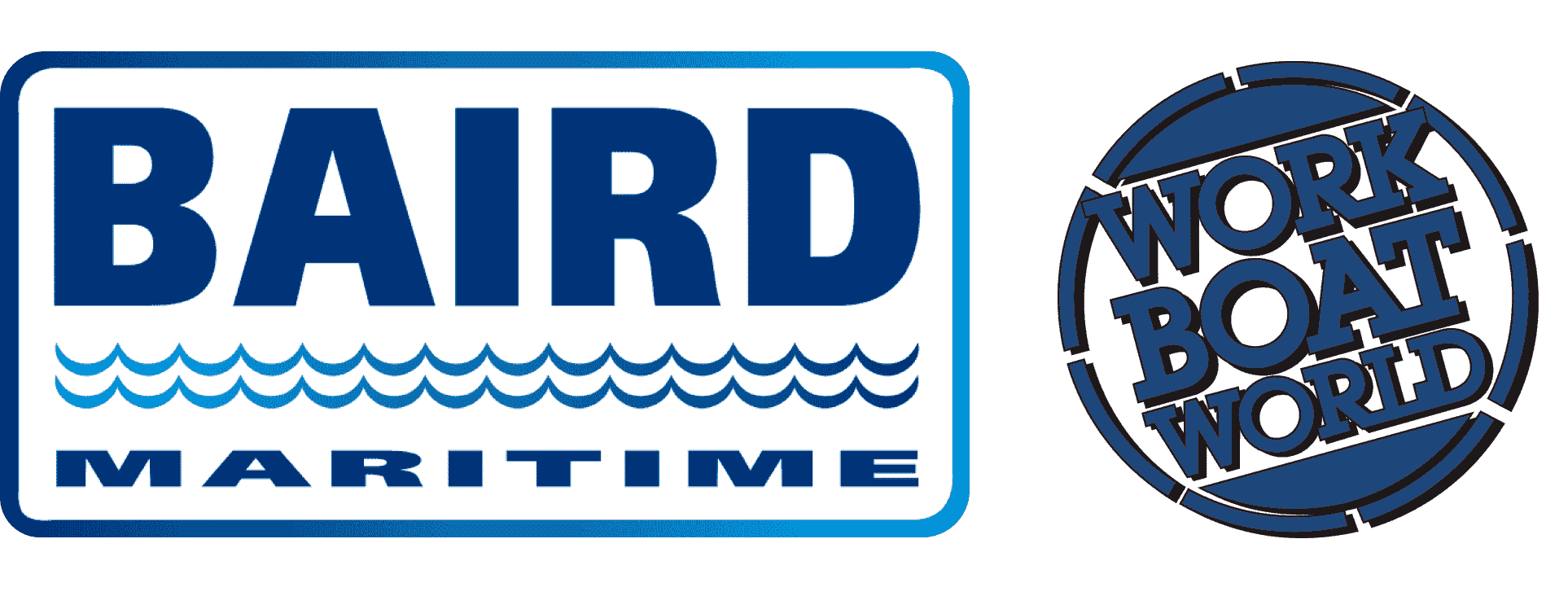VESSEL REVIEW | Tamhae 3 – South Korea's new polar-capable seismic research vessel
The Korea Institute of Geoscience and Mineral Resources (KIGAM) has taken delivery of a new geophysical exploration research vessel built locally by HJ Shipbuilding and Construction. Tamhae 3 (탐해 3호) was designed by Norway's Ulstein Design and Solutions in compliance with Korean Register class rules and is the first geophysical exploration research vessel to be built domestically in South Korea. It replaces KIGAM’s earlier vessel, Tamhae 2, which was delivered in 1996.
Ice-strengthened hull with advanced bow design
The vessel has a length of 92 metres (300 feet), a beam of 21 metres (69 feet), a displacement of 6,900 tonnes, and accommodation for 20 crewmembers and up to 30 researchers. The propulsion system consists of three side thrusters and two variable motors driving nozzle-housed, silent controllable-pitch propellers to deliver a service speed of 15 knots and and a range of 36,000 kilometres (22,000 miles).
The vessel’s range will enable coverage of both the North and South Poles, though it will also be operated regularly along the Korean continental shelf, whereas its predecessor was limited only to coastal waters. The hull is built to ice class requirements and utilises Ulstein's proprietary inverted bow design. The latter will help reduce both slamming and vibrations, thus making the vessel suitable for research activities in sensitive marine areas.
This design element also increases the operability of the vessel, reduces speed loss, and will have an improved effect on recording of data when in operation. The design, with its modern technology, ensures efficient operations with less fuel consumption and a smaller environmental footprint.
Tamhae 3 can safely operate in areas with waves as high as four metres (13 feet). The vessel can therefore be used for exploration of possible oil and gas deposits in offshore areas that often experience extreme conditions.
Extensive equipment suite for gathering seismic and ocean data
The vessel will be used to fulfil a range of tasks related to seismic and oceanographic research such as high-resolution seafloor mapping, seafloor survey, and sediment sampling. It is capable of both 3D and 4D marine exploration and can analyse seafloor faults to detect changes occurring over time. According to the South Korean Ministry of Trade, Industry and Energy, this capability will be useful in sensing seabed seismic signals and selecting sites for carbon capture and storage (CCS).
The vessel can deploy up to eight seismic streamers at 100-metre (300-foot) intervals. As the vessel moves, it is able to gather seismic information via the deployed streamers, each of which has a width of 700 metres (2,000 feet) to enable greater coverage of the seabed.
The other equipment includes a high resolution 2D/3D seismic P-cable system, a multicomponent ocean bottom node (OBN) acquisition system, a marine gravity and magnetic system, multi-beam and single beam echosounders, seismic airguns, and auxiliary equipment for in-sea acoustic sounding systems. The vessel also incorporates a deep sea sub-bottom profiler, an acoustic Doppler current profiler (ADCP), and a high profile underwater positioning system.
The vessel can house up to 400 OBN water drillers. Each driller can be deployed in a specific location to enable researchers to better understand changes in the composition of the seabed over time without having to constantly deploy to offshore sites. A multi-beam echosounder is fitted on the hull bottom so that the topography of the seabed can be analysed at the same time that the vessel is moving along the surface.
Sediment samplers and geochemical analysis equipment are available for the onboard researchers. Also fitted are an auto navigation system, noise control systems, and a DP2 system to permit accurate deployment of sensors and collection of marine scientific data without disturbing the surrounding environment. The onboard facilities meanwhile include crew cabins, a medical bay, laboratories, and a fitness centre.


